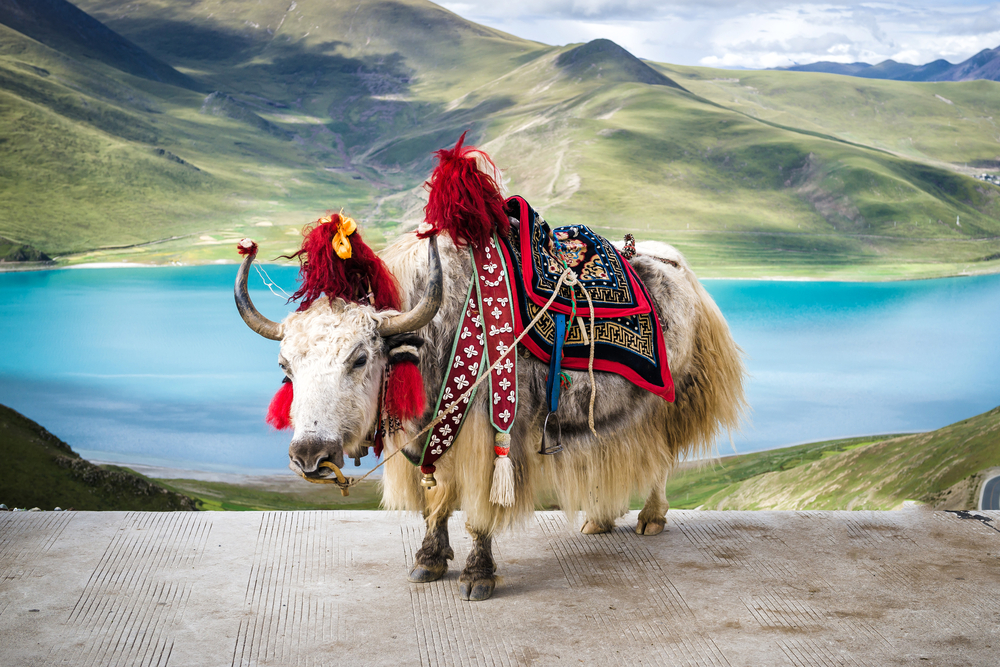Thanks to its remote location in Central Asia due to the Himalayan Mountains, a unique culture has been able to develop in Tibet. With an impressive history, breathtaking scenery and cultural features, Tibet is considered one of the most fascinating travel destinations in the world.
As the highest region in the world, Tibet is often referred to as “the roof of the world”. Both due to cultural treasures, Mount Everest, the seemingly endless steppes and as the center of Buddhism, the Tibet region is a truly dreamlike destination for globetrotters.
Special features of Tibet
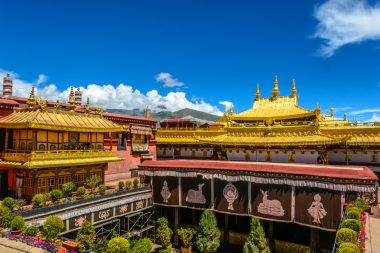
Tibet’s history is marked by oppression, and uprisings in the country have repeatedly ensured that the world looked to the Tibet region. The history of the country began with the founding of the Kingdom of Tibet at the beginning of the 7th century. This status was followed by the conquest by the Mongols in 1240. In the 18th century, Tibet was in the Manchu sphere of influence.
As a result, there was an occupation by the British from November 1903. In 1913, Tibet gained state independence, but this ended in 1951 with its incorporation into the People’s Republic of China . To this day, the situation in Tibet is to be viewed critically and there is still a Tibetan government in exile around the Dalai Lama, whose name and picture (at the behest of the Chinese government) may not be mentioned or shown publicly in Tibet. Today, the area with the capital Lhasa is considered an “autonomous region”. For travelers, however, this also means that China issues visas to enter Tibet, which repeatedly leads to foreign tourists being prohibited from entering Tibet. Accordingly, good and early travel planning is a must.
Lhasa – the capital of Tibet
Potala Palace – the former residence of the Dalai Lama
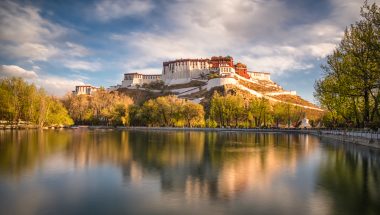
The enchanting capital of Tibet is located in the south of the region, almost hidden behind the largest mountains in the world. As the Buddhist center of the country, the city is still characterized by the monks who live here. The Potala Palace in particular is considered a tourist attraction. It is enthroned on Mount Maori and is thus 130 m above the city. The palace was once the seat of government of the Dalai Lama and is now one of the most important pilgrimage sites in the country. During the construction of the palace alone, 3,700 kg of gold were processed. With 999 rooms spread over 13 floors, the Potala Palace is one of the most impressive buildings on the UNESCO World Heritage List. Only 2,300 visitors are admitted to the palace every day, so waiting times must be expected here.
The Jokhang Temple
As a central sanctuary of the Tibetans, the Jokhang Temple is a very important place, which is also considered an outstanding example of Tibetan architecture. At least once in their lives, every Tibetan should make a pilgrimage to the Jokhang Temple, which is located in the west of the city and was once the summer residence of the Dalai Lama. In addition to the palace itself, which has 374 rooms, the large park that surrounds the temple is also impressive, and there is even a zoo here.
Places worth seeing in Tibet that touch
The Sera Monastery
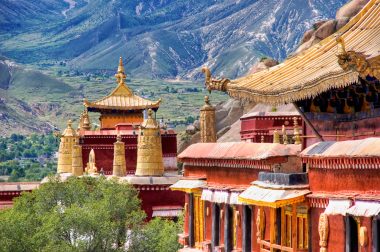
The Sera monastery complex is one of the “Three Great Monasteries” and is located north of the capital Lhasa. All three monasteries belong to the Gelug order, from which the Dalai Lama also came. It is interesting to start all three monasteries. It is recommended to start with the Sera Monastery, because it is only 3 kilometers away from Lhasa. Afterwards, we recommend a visit to the nearby Drepung Monastery before heading to Ganden Monastery, which is located on the Drog Riboche mountain about 50 kilometers from the capital. Especially those interested in Buddhism should not miss the opportunity, because the monasteries mentioned can be visited for a small donation and paint a clear picture of how Buddhism is deeply rooted in the life of the monks.
Der Mount Everest
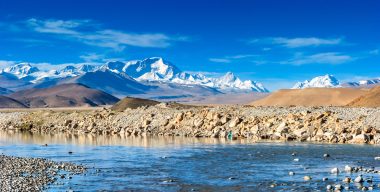
If you visit the Rongpu Valley, you can not only visit the Rongpu Monastery, the highest monastery in the world, but also enjoy a unique view of the north face of Mount Everest. At the foot of the highest mountain on earth is also Mount Everest Base Camp, from which experienced mountaineers set out to climb the summit. The Sherpas, who live in Nepal , often accompany the expeditions to Mount Everest and are blessed for the ascent at Rongpu Monastery, as the mountain is the home of the spirits.
Mount Kailash
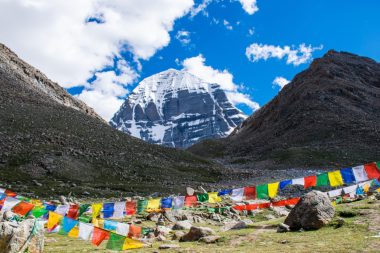
As the holiest place of the Tibetans, Kailash Mountain is known far beyond the borders of Tibet. The mountain was once considered one of the most inaccessible mountains in the world, but this changed with the opening of Ngari-Günsa Airport, 200 km away. Anyone who once wanted to reach the holy place from Lhasa had to be prepared for hardships, so that once very few tourists took on the ordeal. Every year, however, several thousand Tibetans took the journey to reach the most holy place. Thanks to the improved infrastructure, the number of pilgrims has increased and the tour to Kailash Mountain is also recommended for tourists, which carries a blanket of snow all year round, because this place has a very special magic.
Specialties of the country
Tibet is a special destination and this is also reflected in the Tibetan cuisine. Since the climatic conditions are quite harsh, the cultivation of grains, vegetables and the like is only possible to a limited extent. Nevertheless, Tibetan cuisine has some highlights in store. The national drink is butter tea, which is made from salted yak butter, but yoghurt and sour milk drinks as well as Indian chai are also very popular. Simple dishes such as tsampa, a porridge or a dough made from roasted barley flour and eaten with honey, jerky or curd, depending on the meal. The country’s specialties include momos (Tibetan dumplings), which can be prepared in different ways. Soups and stews and meat dishes are also popular, with offal also being processed. Basically, the dishes are very much dominated by grains, meat and cheese, although vegetables such as green beans, garlic, spinach, peas, onions, broccoli, carrots and mushrooms also have a firm place in Tibetan cuisine.


